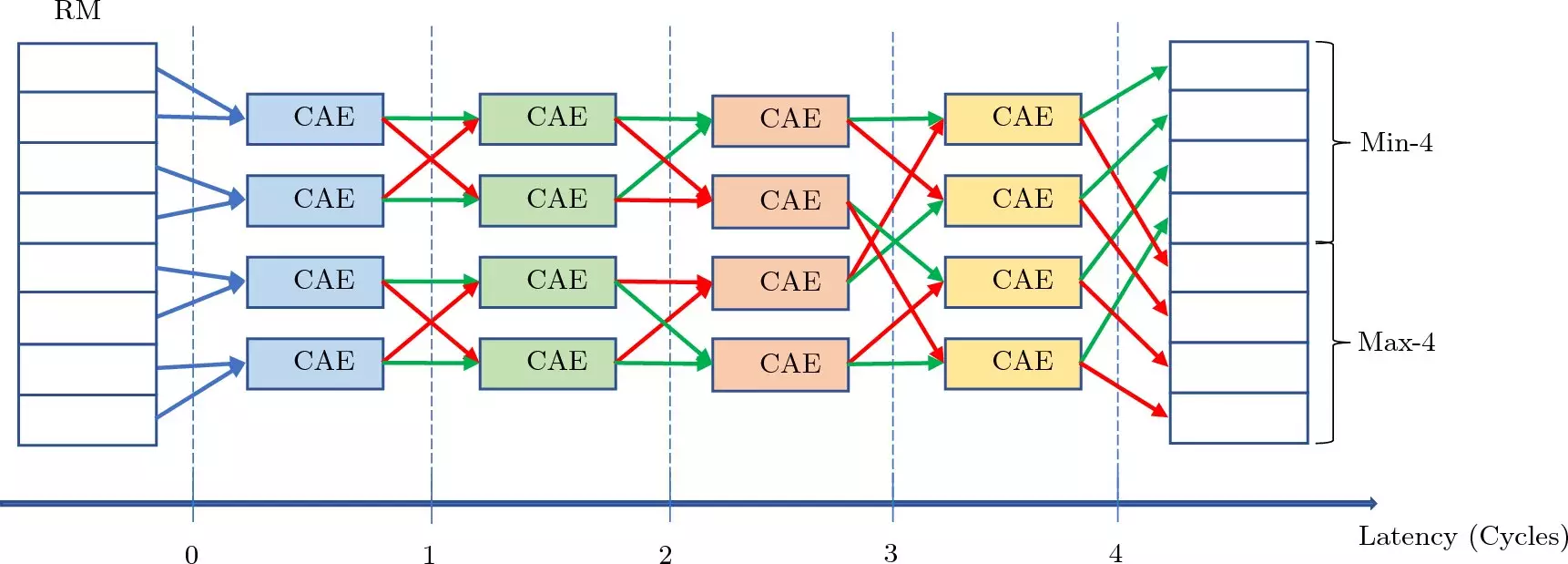The search for dark matter has been a fascinating topic for scientists around the world. With the help of advanced technology and artificial intelligence, researchers are now delving deeper into the mysteries of the universe. The Large Hadron Collider, located beneath the France-Switzerland border, is at the forefront of this quest, where scientists aim to uncover the secrets of dark matter through high-speed proton collisions.
Dark matter, an invisible substance that makes up a significant portion of the universe, remains largely unknown to us. While its existence has been inferred through gravitational effects, the nature of dark matter continues to elude scientists. The team at the Large Hadron Collider believes that by studying subatomic debris from proton collisions, they may be able to detect hints of this elusive substance.
One of the key challenges in the search for dark matter is the sheer volume of data generated by the LHC’s detectors. With millions of snapshots taken every second, researchers face the daunting task of sifting through vast amounts of information to identify relevant particles and tracks. This is where artificial intelligence comes into play.
Physicist Ashutosh Kotwal has developed a groundbreaking solution known as the “track trigger” algorithm. This innovative approach leverages AI to quickly analyze images from proton-proton collisions and identify potential dark matter signatures. By utilizing a network of AI engines embedded on silicon chips, the algorithm can process images in a fraction of a second, significantly reducing the time required to detect elusive particles.
The ability to analyze data in real time is crucial for capturing fleeting tracks that may indicate the presence of dark matter. Kotwal’s algorithm works at an unprecedented speed, enabling researchers to flag interesting collisions within microseconds. By quickly identifying relevant data points amidst the noise, scientists can focus their attention on potential dark matter candidates.
As Kotwal and his team continue to refine the track trigger algorithm, they aim to build a prototype device that can be integrated into the LHC’s detectors. This device, consisting of thousands of silicon chips, will enhance the LHC’s capabilities in detecting rare particles and phenomena. With advancements in technology, scientists are hopeful that they will be able to unlock the secrets of dark matter in the coming years.
The pursuit of dark matter is a complex and challenging endeavor that requires cutting-edge technology and innovative approaches. By harnessing the power of artificial intelligence, researchers are pushing the boundaries of particle physics and exploring new frontiers in our understanding of the universe. The quest for dark matter continues to inspire curiosity and drive advancements in scientific discovery.


Leave a Reply